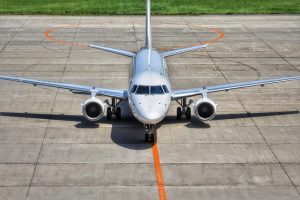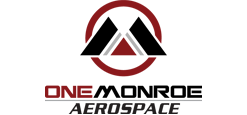
Ever wonder how jet engines are initially started? Some airplanes are equipped with an auxiliary power unit. Consisting of a separate battery-powered turbine engine, the auxiliary power unit provides the air and electricity needed to start an airplane’s jet engines. Other airplanes, however, rely on an air start unit.
What Is an Air Start Unit?
An air start unit is a device that’s designed to provide highly compressed air to start jet engines. They are commonly used at airports and maintenance hangars.
Turbine engines don’t start like automotive engines. Pilots can’t just turn a key or press a button. Rather, they must leverage an external power source to force the engine’s compressor to spin fast enough for combustion to occur. Air start units perform this task so that jet-powered airplanes can take off and begin flying.
Parts of an Air Start Unit
There are many different types of air start units, some of which are designed differently. Many of them, however, feature the same basic parts.
They typically feature an air compressor and a flexible hose. The air compressor, of course, is responsible for providing compressed air to turbine engines, whereas the flexible hose serves as a conduit for this air.
Air start units often feature a control panel as well. The control panel allows a human operator to turn on and turn off the unit. The control panel typically features options to regulate the pressure of the compressed air.
Finally, air start units feature a power source. Some of them are electric, whereas others are run on diesel gas.
How Air Start Units Work
Air start units work by sending a stream of highly compressed air into an airplane’s engine starter. The ground crew will typically tow the air start unit to the airplane. Once in place, the ground crew will connect it to the airplane’s pneumatic port.
Turning on the air start unit will pump highly compressed air into the engine starter. Once ignition speed has been reached, the pilot will activate the fuel injection system. This will start the combustion process, at which point the air start unit can be disconnected and the airplane can take off.
It’s important to note that not all airplanes require an air start unit. As previously mentioned, many airplanes have an auxiliary power unit, which they use for starting purposes. If an airplane with one or more turbine engines doesn’t have an auxiliary power unit, though, it may require the compressed air from an air start unit to take off.



